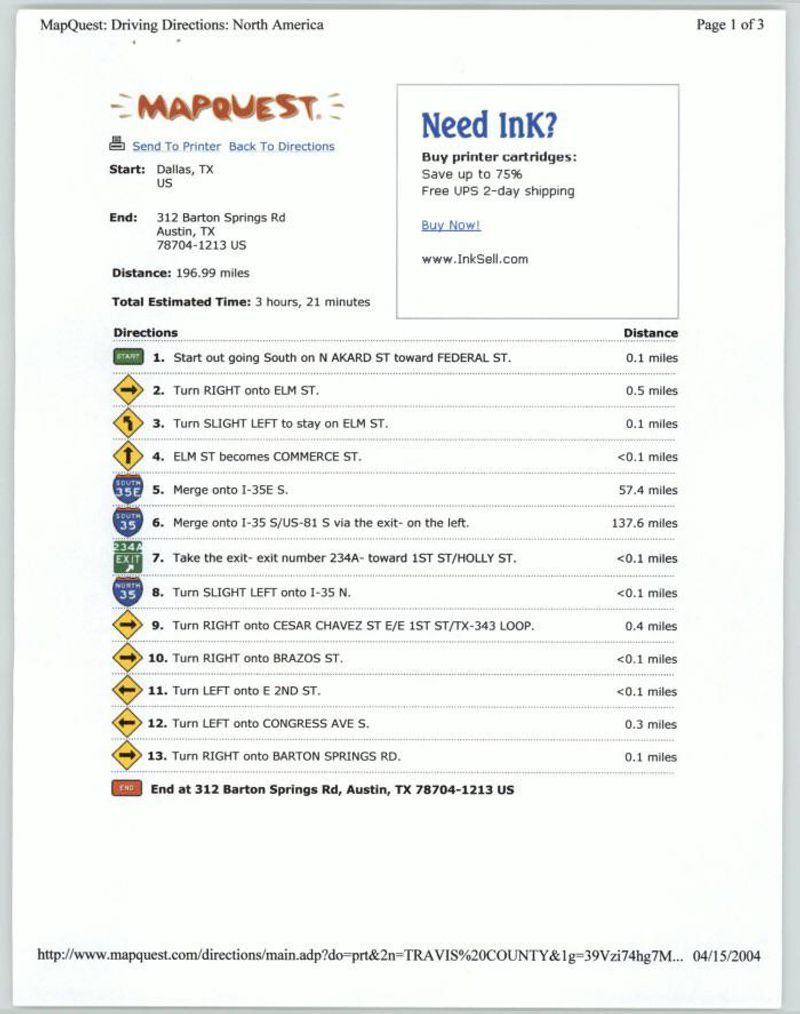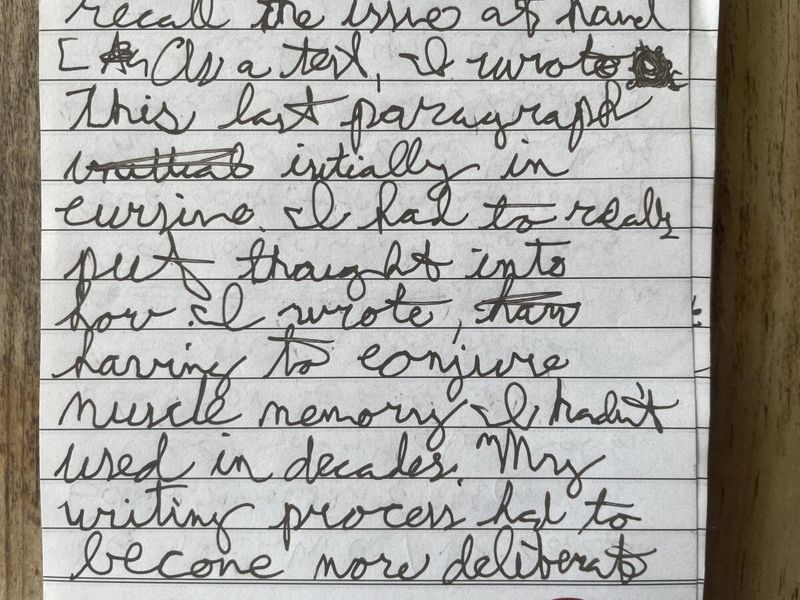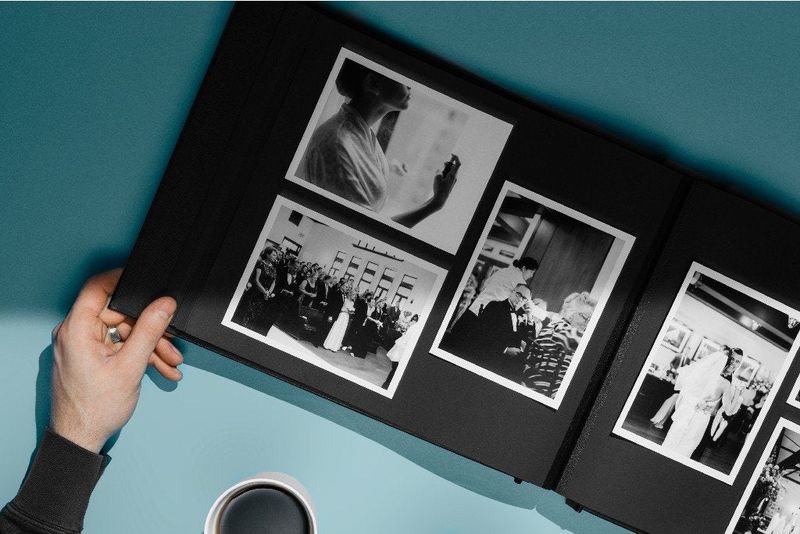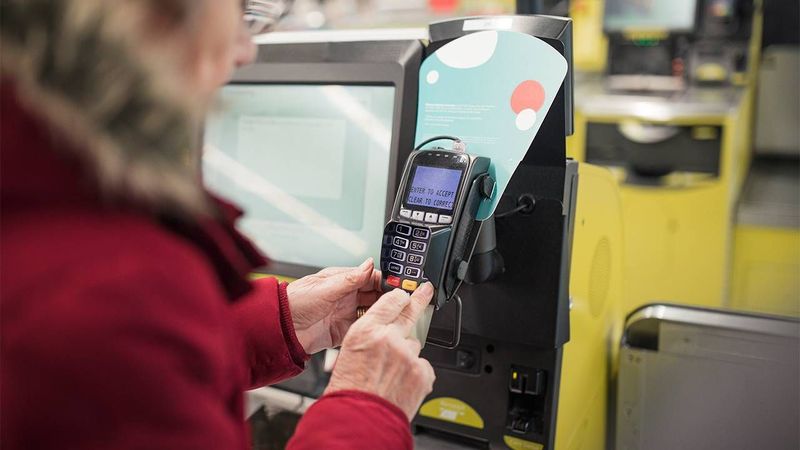The generational gap often highlights the quirky and sometimes outdated habits embraced by Baby Boomers that younger generations find amusing. While Boomers hold these traditions dear, millennials and Gen Z might see them as relics of a bygone era. This list explores 15 such traditions that have become subjects of good-natured ridicule.
1. Door-to-Door Sales
In the 1970s, door-to-door salespeople were a common sight. They brought the latest products right to your doorstep. Today, this method seems outdated as online shopping reigns supreme.
The personal touch is lost in a digital era, but so is the inconvenience of an unexpected knock. Younger generations prefer to browse and buy online, avoiding the sales pitch altogether.
Did you know? Encyclopedias were one of the most sold items door-to-door, a stark contrast to today’s digital Wikipedia.
2. Keeping Paper Receipts for Everything
Boomers often find solace in the tangible nature of paper receipts, tucking them away “just in case.” This habit symbolizes a mindset rooted in accountability and record-keeping. For them, these slips of paper are more than just proof of purchase; they’re a safety net.
Meanwhile, younger generations embrace digital solutions, with emails and apps effortlessly handling their accounting needs.
The digital age offers clutter-free convenience, sparking a shift away from the paper trails of the past. This stark contrast highlights the evolution from physical to digital in personal finance management.
3. Printing Out Directions
Remember the days of printing MapQuest directions or unfolding a trusty road atlas? Boomers do. These rituals were essential for ensuring a smooth journey, adding a layer of preparation and anticipation to travel.
Younger generations now rely on the likes of Google Maps, which provides real-time updates and requires no printer, making navigation effortless and spontaneous.
This transition underscores a broader shift in how we approach travel, where adaptability and immediacy have replaced meticulous planning. The road trip experience has been forever altered by technology’s guiding hand.
4. Writing Checks at the Grocery Store
The checkbook was once a symbol of financial savvy, a tool for managing personal accounts with precision. Boomers often find comfort in the deliberate act of writing a check, ensuring accuracy with each pen stroke.
Today, this practice seems cumbersome to younger folks, who prefer the near-instantaneous convenience of Apple Pay or credit cards.
The shift reflects a generational divide in how we value time and efficiency, where seamless transactions are now the norm. The grocery store, once a place of financial ritual, has become a testament to technological evolution.
5. Saying “You’ll Have to Speak to My Manager”
In the Boomer era, speaking to a manager was a go-to move for resolving customer service issues, a display of assertiveness and determination. It was often seen as a way to ensure fair treatment and accountability.
Younger generations, however, are more inclined to voice concerns through tweets or direct messages, finding digital platforms more effective.
The shift reveals changing attitudes towards authority and communication, where public online discourse often yields quicker results. The digital age has redefined customer service interactions, making the traditional approach seem quaintly outdated.
6. Fax Machines
Fax machines, once hailed as a marvel of communication technology, hold a special place in the hearts of Boomers. They symbolize a time when sending a document across the globe felt revolutionary.
Yet, to younger generations, faxing appears as an unnecessary complication in a world where emails and instant messaging reign supreme.
The persistence of fax machines highlights a reluctance to let go of the familiar, even as technology offers more efficient solutions. This relic of the past underscores the broader resistance to change often attributed to older generations.
7. “Back in My Day” Lectures
Boomers often find themselves waxing poetic about the “good old days,” sharing stories of resilience and hardship that shaped their youth. These lectures, while endearing, can sometimes feel out of touch to younger generations.
Millennials and Gen Z might respond with playful skepticism, questioning the embellishments of walking uphill both ways in snow.
The storytelling tradition reflects a desire to bridge generational gaps, offering lessons wrapped in nostalgia. It highlights the ever-present tension between preserving legacy and embracing the future. Each tale is a testament to the enduring power of memory.
8. Landline Loyalty
In a digital world dominated by smartphones, Boomers’ attachment to landlines seems charmingly anachronistic. These phones, once central to family life, now gather dust as relics of a pre-digital era.
Younger generations, tethered to devices that serve as communication hubs, view landlines as obsolete. The shift highlights a broader embrace of multifunctional technology, where phones are gateways to banking, navigation, and social connections.
The landline’s quiet presence in a tech-driven world is a gentle reminder of simpler times, resonating with those who cherish tradition over innovation.
9. Saving Every Plastic Container
The practice of saving plastic containers, like margarine tubs, speaks to a Boomer ethos of resourcefulness and thrift. These containers, repurposed as Tupperware, are symbols of a generation that values conservation.
For younger folks, this habit borders on unnecessary hoarding in an age where recycling and reusable products are prevalent.
This contrast underscores differing attitudes towards sustainability and clutter. While Boomers treasure the utility of these containers, millennials and Gen Z prioritize environmental consciousness and minimalist living, reflecting a shift in household habits.
10. Cursive Handwriting Obsession
To Boomers, cursive handwriting embodies elegance and education, a skill taught with rigor and pride. It represents a bygone era where handwritten notes conveyed personal touch and authenticity.
Younger generations, however, see cursive as an antiquated art, replaced by typing and digital communication. The emphasis on speed and efficiency has left cursive by the wayside.
The fading practice of cursive writing reflects broader changes in communication, where the tactile beauty of penmanship is often lost amid digital progress. It’s a nostalgic remnant of personalized expression in a fast-paced world.
11. Physical Photo Albums
Boomers often cherish physical photo albums, painstakingly arranging snapshots of cherished memories on each page. These tangible records serve as a testament to life’s milestones and moments shared with loved ones.
For younger generations, digital galleries on smartphones offer a more convenient way to store and organize thousands of images. The tactile experience of flipping through an album is replaced by swipes and clicks.
The shift to digital photography marks a change in how we document and revisit experiences, reflecting technological advances that prioritize accessibility over tangibility.
12. Refusing to Use Self-Checkout
Self-checkout lanes, a staple of modern retail, are often bypassed by Boomers who prefer human interaction. For them, the checkout process is a familiar part of shopping, a chance for brief social exchanges.
Younger shoppers, however, embrace the speed and autonomy of scanning their own items, avoiding small talk in favor of efficiency.
This divergence in shopping habits highlights the generational balancing act between tradition and convenience. While Boomers may resist change, millennials and Gen Z gravitate towards streamlined experiences that reflect broader societal shifts.
13. Believing Hard Work Always Pays Off
Boomers often champion the belief that hard work inevitably leads to success and prosperity, drawing from personal experiences during a booming economy. This mindset, however, doesn’t fully resonate with younger generations facing modern economic challenges.
With soaring housing markets and stagnant wages, millennials and Gen Z question the applicability of this once-reliable formula. The discrepancy highlights a shift in economic realities, where hard work no longer guarantees financial security.
This belief, rooted in optimism and resilience, contrasts with today’s complex economic landscape, reflecting shifting societal values and aspirations.
14. Leaving Fake Reviews in All Caps
In the world of online reviews, Boomers sometimes resort to all-caps tirades to express dissatisfaction, believing it conveys urgency and importance. This style, however, often comes off as amusingly exaggerated to younger audiences.
Millennials and Gen Z, accustomed to nuanced digital communication, find such emphatic expressions outdated. The contrast highlights differing approaches to online presence and reputation management.
The all-caps review, a relic of early internet days, underscores generational differences in digital etiquette. It’s a quirky reminder of how online discourse evolves alongside technology and cultural norms.
15. Collecting Hummel Figurines
Hummel figurines, once cherished collectibles, now sit as dusty relics of the past. These porcelain figures were prized for their craftsmanship and sentimental value.
Today, minimalism has taken hold, and such collections are often seen as clutter. Younger generations are baffled by the idea of displaying an array of ceramic figures.
Despite their decline, Hummel figurines still hold a special place in the hearts of many, reminding them of simpler times.















